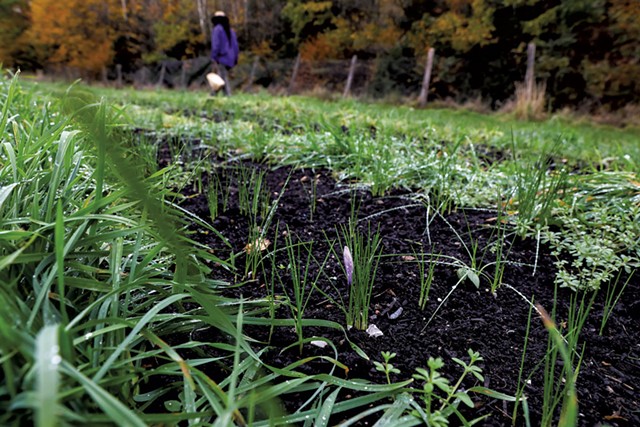
- Steve Legge
- Claudel "Zaka" Chery at Newbury's Calabash Gardens
On a recent cloudy, damp morning, farmer Claudel "Zaka" Chery stood in a field of crocuses abundant with green foliage but only sparsely sprinkled with blooms. "It looks so good in here," Chery said. "Please, flower," he entreated the plants.
It was well into the third week of the anticipated four- to six-week harvest at Newbury's Calabash Gardens, where Chery, 35, and his wife, Jette Mandl-Abramson, 37, tend about two acres of Crocus sativus.
The fall-blooming crocus — the only edible variety — yields the world's most expensive spice: saffron.
In 2018, soon after they bought the 51-acre property, Chery and Mandl-Abramson planted a test plot of 2,000 saffron crocus corms, which are similar to bulbs. They were inspired by a University of Vermont research project suggesting that local farmers try the high-value, shoulder-season crop. Contrary to expectations, UVM had demonstrated that saffron could grow well in Vermont.
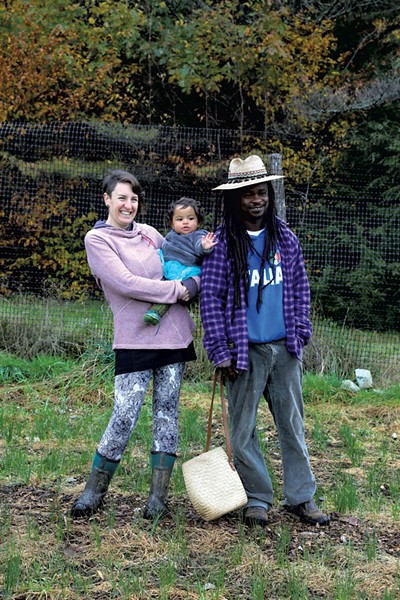
- Steve Legge
- Jette Mandl-Abramson and Claudel "Zaka" Chery with their daughter
Encouraged by their early tests, the couple planted another 204,000 crocuses to become the largest saffron grower in Vermont and among the largest in the country, according to Margaret Skinner, cofounder of the American Center for Saffron Research & Development at the University of Vermont.
The idea of growing saffron commercially in Vermont may seem as unexpected as growing, say, citrus. Iran dominates the global market, and the United States annually imports many tons of saffron — about 85 tons, according to 2019 data — said Skinner, a research professor in UVM's Department of Plant and Soil Science.
Back in 2015, Skinner partnered with Arash Ghalehgolabbehbahani, an agroecologist from Iran, to explore the opportunity for Vermont's diversified farmers to raise saffron in the hoop houses many used for other crops. It surprised even them, Skinner recalled, when a few farms, such as Calabash Gardens, successfully grew saffron outdoors.
Saffron is pricey for a reason. Each purple-and-white-striated crocus bloom must be handpicked and then the delicate scarlet stigmas of the flower extracted, again by hand. It takes about 175 flowers to produce one gram of saffron, Mandl-Abramson said.
The dried maroon threads are prized for their aromas of fresh, sweet hay with whispers of toasted nuts and oak. They bring a distinctive flavor and golden hue to global dishes, such as Persian rice, Spanish paella and Swedish buns.
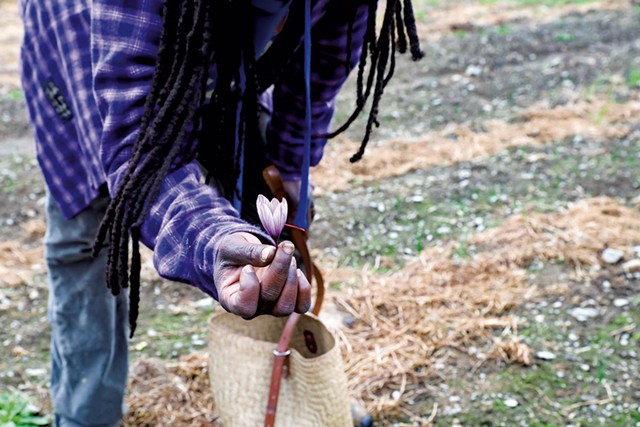
- Steve Legge
- Harvesting crocuses
And, although the U.S. Food & Drug Administration has not weighed in, saffron is credited with health benefits for brain function, digestion, eyesight and more.
Calabash Gardens sells saffron to two wholesale customers and directly to consumers. On its website and at the summer Norwich Farmers Market, the price is about $60 a gram, roughly equivalent to the current price of gold.
Which is not to say the couple have struck a gold mine with saffron.
"It isn't returning the way we were hoping," Mandl-Abramson said, though she and Chery remain hopeful. To support the family of three, she runs a wildcrafted apothecary and Chery works at an independent living facility.
Their best season, in 2021, yielded about 600 grams of saffron from more than 100,000 flowers. It generated roughly $36,000 over two years of sales. Last year's harvest, following a winter and spring of wildly fluctuating freeze/thaw cycles, was "terrible," Mandl-Abramson said. They were grateful that their corms survived.
So far, this year's harvest has been disappointing — and frustrating.
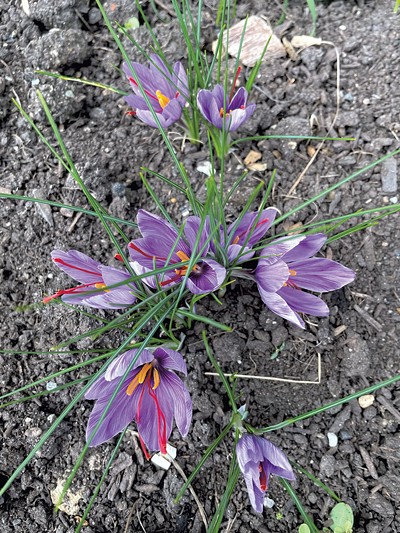
- Courtesy
- Fall-blooming crocuses at Calabash Gardens
"Man, we really need some sunshine," Mandl-Abramson said on October 23, as the couple's 14-month-old daughter squirmed in her arms, hoping to roam free. "It's too muddy to put you down," her mom apologized.
All farmers cope with the vagaries of weather, pests, diseases and market demand. Trailblazing a new crop brings extra hurdles.
Although Skinner has provided critical support, the couple said they have few peers to consult or data to rely upon. "There's no road map for Vermont saffron — part of the perks of being pioneering," Chery noted dryly.
Striding anxiously up and down the rows, he lamented, "They look healthy and there's a lot with a lot of buds, but they haven't popped out yet." With the warm weather, his wife said, "We were really hoping we'd see a huge flush."
"With farming, so much is out of your control," Chery said. "You put everything in the ground, and you hope Mother Nature will collaborate with you."
Still, Mandl-Abramson said, "Zaka is wildly optimistic."
"I'm Haitian," her husband said. "I'm hopeful."
Chery, who sports a tidy mustache and long, natty dreads, moved to Vermont from Haiti in 2011 after the devastating 2010 earthquake. "Zaka," his boyhood nickname, means spirit of the farm and of knowledge in Haitian voodoo culture, and he was the first in his family of farmers to attend college, where he studied filmmaking. They were disappointed that he did not pursue something more practical, like law, Chery said.
Mandl-Abramson grew up in New Hampshire and studied ceramics in art school. A swoop of brown hair falls over her forehead, which is often furrowed with worry these days. She worked for years in restaurants and had a small market garden. The pair met online and married in 2017.
Mandl-Abramson knew that her husband was not itching to farm, but she believes that regenerative, soil-building agriculture is "our best hope to save the planet ... That is the reason I am a farmer."
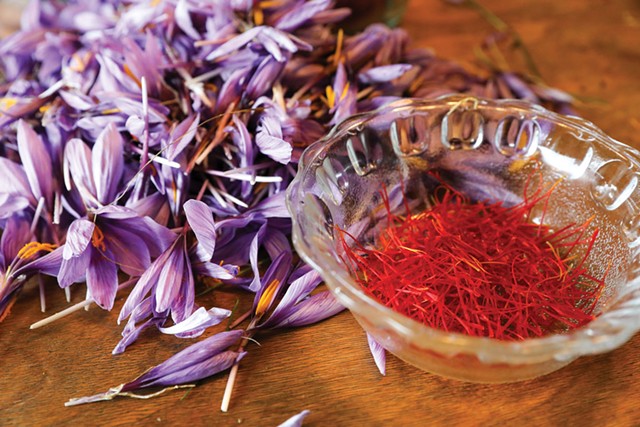
- Steve Legge
- Harvested crocuses and saffron
They named Calabash Gardens for "a big tree that grows in Haiti where people congregate to listen to stories of elders," Chery said.
When his wife started looking for a farming focus that might interest him, UVM's research on saffron intrigued her. While each crocus corm is an annual, it produces offspring underground to create the next generation of corms. Farmers only need to divide and replant every four to six years, reducing tillage and allowing soil to sequester more carbon.
After the couple attended the inaugural UVM saffron conference in 2017, Chery agreed to give the unusual and striking crop a try. "I do love beauty," he said.
The October morning Seven Days visited yielded a paltry 100 flowers, which Mandl-Abramson and two helping friends made quick work of at the dining room table. The stamens must be extracted within 24 hours. Once run through the dehydrator and cured for two to three months, they would amount to just over half an ounce of saffron and earn about $30.
Chery had taken several weeks off from his day job for the fall harvest. "On a day with huge blooms, we will be up until 2 a.m.," Mandl-Abramson said, almost wistfully.
The freshly harvested saffron smelled, naturally, greener — more vegetal — and sweeter than the dried. Even when cured, Calabash Gardens' saffron is noticeably fresher and more potent than what one might buy at the store.
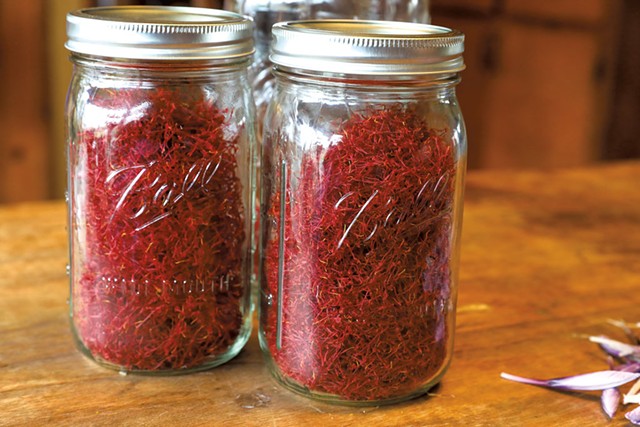
- Steve Legge
- Saffron
Beyond the farming challenges, the couple must convince customers to pay a hefty premium for local saffron. One argument is that much of what is sold as saffron is not, in fact, saffron.
Saffron is the most adulterated spice in the world, UVM's Skinner said. Even she was once seduced by the lure of cheap saffron only to realize she'd been duped into buying safflower petals, a common substitute, with a touch of saffron.
"You need to know who's producing it. That's how you know what you're getting," Skinner said.
Among the couple's efforts to raise the profile of local saffron and display its versatility, Calabash Gardens has hosted several on-farm dinners. The most recent, on September 2, was cooked by a former restaurant colleague of Mandl-Abramson's, chef Michael Clancy, who works for the Upper Valley independent living facilities group that employs her husband.
About 30 guests paid $90 for Clancy's seven-course menu, which included a beet and apple salad with honey-saffron vinaigrette, chickpea fritters with saffron yogurt, saffron risotto with foraged mushrooms, and salmon with a saffron-tomato chutney. The meal concluded with lemon-saffron crème brûlée.
Clancy, a 2008 New England Culinary Institute graduate, said he previously thought of saffron mostly for traditional rice and seafood recipes. But he has learned "it doesn't always have to be saffron rice," he said.
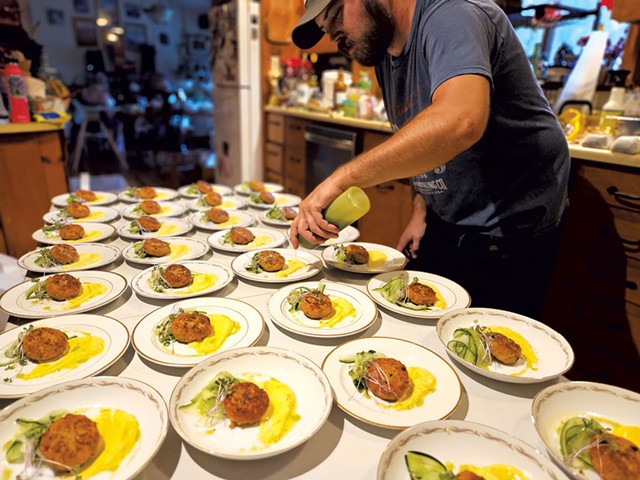
- Courtesy
- Chef Michael Clancy plating chickpea fritters with Calabash Gardens saffron yogurt
The chef added that fresh saffron was completely different than store-bought: "more floral and fragrant." Clancy recommends layering the spice. For example, he started the onions and mushrooms for the risotto in saffron butter and then infused a little more saffron into the cream added at the end.
"Most people know that saffron is delicious in savory dishes," Mandl-Abramson said. "It is equally delicious in desserts." She suggests substituting a few threads of saffron bloomed in water for vanilla extract in baked goods and pairing it with cinnamon, cardamom or pistachios. The former bartender also loves to use saffron honey — or saffron-infused maple syrup or simple syrup — for margaritas, bee's knees and Manhattans.
Related Home on the Range: Vermont Saffron and Pistachio Shortbread

Skinner acknowledged that Vermont saffron farmers face an uphill battle marketing "an exotic spice that is not well understood by most consumers." She admires Calabash Gardens for its focus on saffron but noted that the initial idea was for farmers to add the crop as an extra source of income.
Chery and Mandl-Abramson have concluded they must diversify, even with how they sell their saffron. They are building a new home-based commercial kitchen so they can sell wellness remedies to stores.
Ever hopeful, Chery dreams of the day his family from Haiti can come work the harvest and earn enough to live for a year back home. "I feel lucky I can build something for myself," he said. "From where I came from, that's a huge privilege."

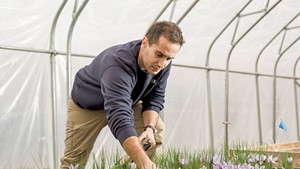
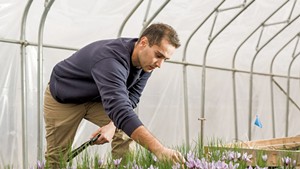







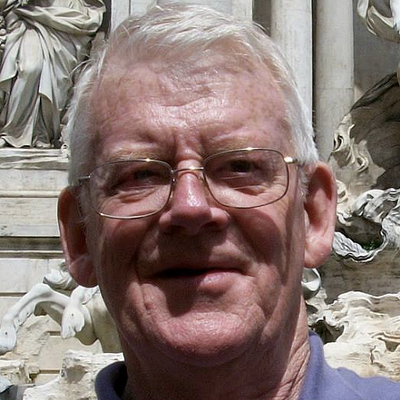

Comments
Comments are closed.
From 2014-2020, Seven Days allowed readers to comment on all stories posted on our website. While we've appreciated the suggestions and insights, right now Seven Days is prioritizing our core mission — producing high-quality, responsible local journalism — over moderating online debates between readers.
To criticize, correct or praise our reporting, please send us a letter to the editor or send us a tip. We’ll check it out and report the results.
Online comments may return when we have better tech tools for managing them. Thanks for reading.